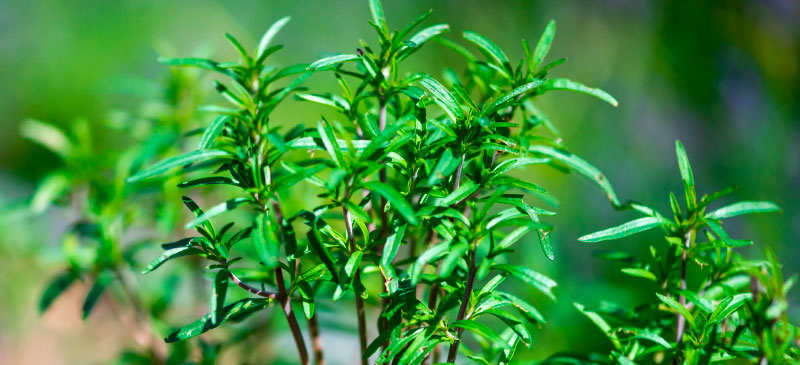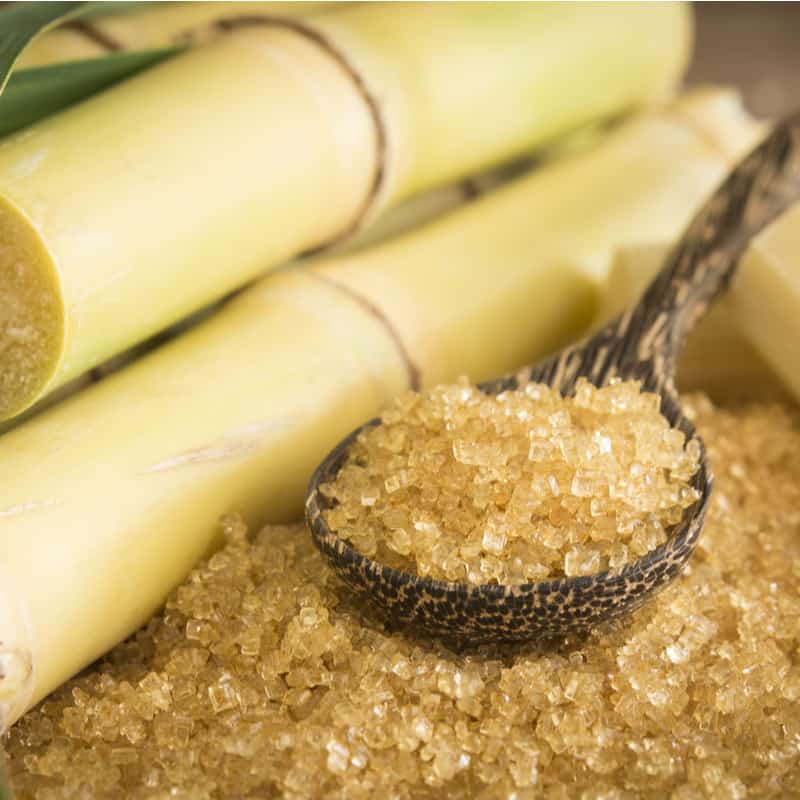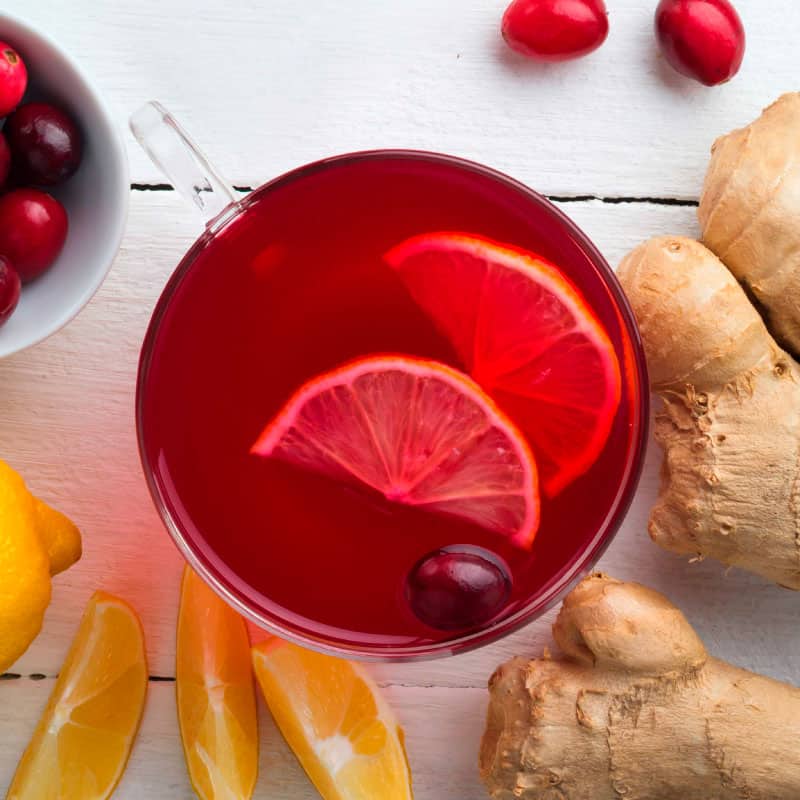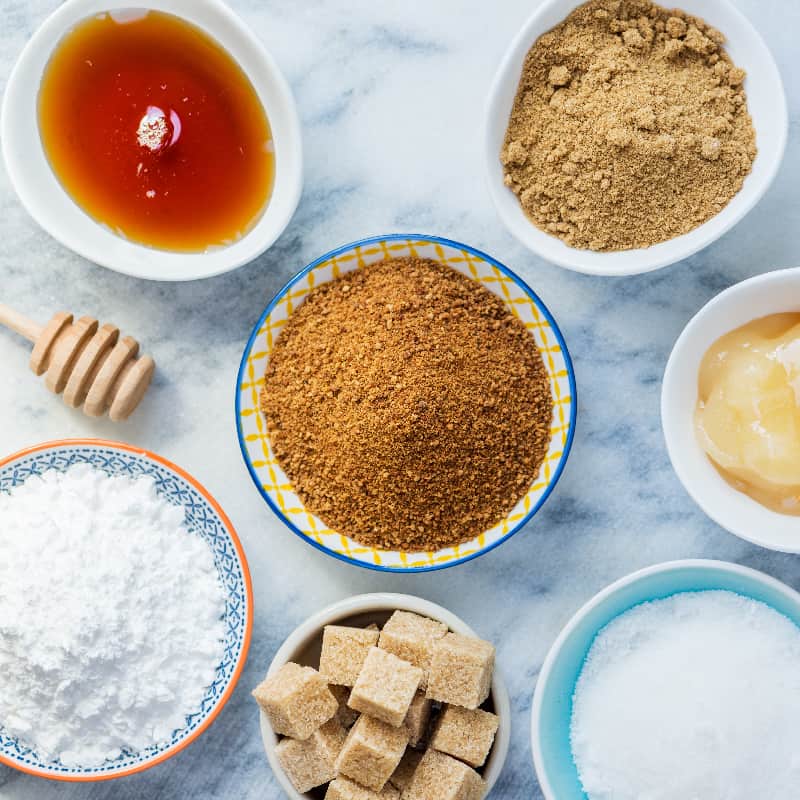This Dr. Axe content is medically reviewed or fact checked to ensure factually accurate information.
With strict editorial sourcing guidelines, we only link to academic research institutions, reputable media sites and, when research is available, medically peer-reviewed studies. Note that the numbers in parentheses (1, 2, etc.) are clickable links to these studies.
The information in our articles is NOT intended to replace a one-on-one relationship with a qualified health care professional and is not intended as medical advice.
This article is based on scientific evidence, written by experts and fact checked by our trained editorial staff. Note that the numbers in parentheses (1, 2, etc.) are clickable links to medically peer-reviewed studies.
Our team includes licensed nutritionists and dietitians, certified health education specialists, as well as certified strength and conditioning specialists, personal trainers and corrective exercise specialists. Our team aims to be not only thorough with its research, but also objective and unbiased.
The information in our articles is NOT intended to replace a one-on-one relationship with a qualified health care professional and is not intended as medical advice.
What Is Summer Savory? Benefits, Nutrition, Uses & How to Grow
July 16, 2025

Known as the “love herb” for its potential aphrodisiac properties, summer savory has been grown for centuries for its taste and health benefits. Plus, it provides a mix of salty and peppery taste to recipes and pairs well with savory herbs like thyme.
What is summer savory?
Summer savory, or Satureja hortensis, is an annual herb that belongs to the mint family. It’s related to thyme, sage and rosemary, and like those herbs, it has been grown for thousands of years because of its therapeutic properties.
The herb has a potent aroma and peppery flavor, with notes of thyme and mint. Like its cousin herbs, it has dark green leaves and grows to about 12 inches in height. It’s easy to grow in the ground or a pot.
Winter savory is another variety of the plant species that’s available commercially. Winter savory is a hardy perennial that also offers a peppery, earthy flavor.
Both summer and winter savory add fragrance to your garden or terrace, and they attract beneficial pollinators, such as birds, bees and butterflies.
Nutrition facts
A half-teaspoon serving of ground summer savory (about 0.7 grams) contains approximately:
- Calories: 1.9
- Total Carbohydrates: 0.5 g
- Fiber: 0.3 g
- Total Fat: 0.04 g
- Saturated Fat: 0.02 g
- Protein: 0.5 g
- Sodium: 0.2 mg (<1% DV*)
*Daily Value: Percentages are based on a diet of 2,000 calories a day.
It also contains small amounts of calcium, iron, vitamin B6, magnesium, vitamin C, phosphorus, potassium, zinc, copper, manganese, selenium, thiamine, niacin and vitamin A.
Benefits
Summery savory has been used for centuries as a culinary herb and traditional remedy for common health concerns. More recent studies have suggested that the herb is effective in protecting the body against oxidative stress and free radical damage, fighting inflammation, and easing microbial infections.
Here’s a rundown of the top potential benefits of summer savory:
1. Provides beneficial compounds
Summer savory is composed of several bioactive chemicals, including flavonoids, phenolic compounds and tannins. It also provides terpenes that give the herb its unique taste, smell and health benefits.
The plant contains rosmarinic acid as well, which is known to have antioxidant, anti-inflammatory and immunostimulating effects.
2. Helps relieve digestive complaints
Savory summer is used in traditional medicine to ease digestive complaints, including upset stomach and bloating. It has been shown to work as a natural anti-inflammatory that helps ease pain.
3. Eases pain
Research has indicated that some species of the plant genus Satureja have anti-inflammatory and analgesic properties. In traditional folk medicine, summer savory has been used to relieve bone pain.
4. Soothes sore throat
Summer savory has soothing properties and has been used in tea and extract forms to soothe sore throats and respiratory conditions. It also has antimicrobial properties and can help fight infections that impact the respiratory system.
5. Good for low-sodium diet
Romans allegedly used summer savory as an alternative to salt when cooking. It has a strong aroma and a perfectly savory flavor, with a touch of salty, spicy and tangy flavors.
The herb helps add a salty flavor to dishes without adding more salt or increasing sodium intake. It’s an excellent tool for a low-sodium diet and can be added to a range of dishes that usually call for salt.
How to grow and use
You can find summer savory at some plant nurseries or online, especially in seed form. It will thrive in a sunny spot, in your garden or in a pot on a porch or terrace. The plant wants good drainage and can be watered whenever the soil feels dry.
To start growing the plant from seeds, let them germinate indoors beginning in the late winter. They’ll do best in light soil that’s kept moist and placed in a sunny window.
Once temperatures rise to at least 50 degrees Fahrenheit or the threat of frost passes, the plant can be placed outdoors.
You can begin trimming the leaves when they reach about five inches in height. Simply snip off enough for your recipe; fresh leaves provide the best flavor.
At the end of the season, you can bring your plant inside or cut the stems to dry or freeze them for later use. For outdoor plants, you can save the seeds at the end of summer and plant them for next year.
Traditionally, summer savory is used to make tea, cold infusions and extracts. Today, summer savory spice is used to add flavor to dishes.
Summer savory can be used as an alternative to thyme in many recipes. You can use it in a range of recipes, including savory pies, stews, stuffings, dressings, marinades and sauces.
It can be added to bean, rice, meat and vegetable dishes toward the end of cooking time for a burst of flavor as well.
Risks and side effects
Summer savory is considered safe when consumed in normal food amounts. When used in tea, extract or tablet form for therapeutic purposes, it’s possibly safe for a short period of time but may cause digestive issues when used in excess.
Pregnant and nursing women should not use this herb in medicinal quantities.
If you are using summer savory in large amounts, check with your healthcare professional to ensure that it’s safe for you, especially if you have a medical condition or are taking any medications.
Frequently asked questions
What is summer savory herb used for?
Summer savory is used to flavor a wide range of savory dishes, especially legumes like beans and lentils. It’s also popular in poultry, sausage, stews and stuffing blends.
Beyond culinary uses, it has traditionally been used for digestive support, sore throat relief and as an antimicrobial agent in herbal medicine.
What does summer savory taste like?
Summer savory has a warm, peppery flavor with subtle notes of mint and thyme. It’s less bitter than winter savory and more delicate in taste, making it ideal for fresh use in recipes that need a lighter herbal touch.
What is a substitute for summer savory?
Good substitutes include thyme, oregano, marjoram or sage. Thyme is the most commonly used swap due to its similar earthy and slightly minty flavor. Just note that each herb will alter the flavor profile slightly.
Is summer savory the same as thyme?
No, summer savory and thyme are different herbs, though they share similar flavor notes. Thyme is a woody perennial with a stronger, earthier taste, while summer savory is an annual herb with a lighter, more peppery profile.
Both can be used interchangeably in some dishes, but they’re botanically distinct.
What is the difference between summer savory and winter savory?
Both belong to the Satureja genus. Summer savory (S. hortensis) is an annual with a lighter, peppery flavor and softer texture, ideal fresh. Winter savory (S. montana) is a perennial that is more robust, slightly woodier in taste and often used dried in long-simmered dishes.
How do I use summer savory in cooking?
Use it much like you would thyme or sage, add it toward the end of cooking to preserve its fresh aroma. It works great in beans, soups, stews, dressings, marinades and poultry dishes.
A little goes a long way, as it’s quite potent.
Can summer savory be substituted with other herbs?
Yes. Thyme, rosemary, oregano or sage are good substitutes.
However, each brings its own flavor nuances. Savory’s unique peppery, minty taste may be slightly missed.
Is summer savory safe during pregnancy or for nursing mothers?
Culinary use is generally regarded as safe, but using it in medicinal amounts, such as in strong teas or concentrated extracts, isn’t recommended without consulting a healthcare professional.
Can I grow summer savory at home?
Absolutely. Plant seeds indoors during late winter or early spring, and transfer seedlings outdoors after frost danger passes.
It thrives in full sun and well-drained soil. Trim or harvest leaves when plants reach around five inches for best flavor.
Are there any side effects?
When consumed in normal food quantities, summer savory is safe. Overuse, especially in extract/tea form, may cause mild digestive upset.
People on medication or with chronic conditions should consult a doctor before using it medicinally.
Can I substitute salt with summer savory?
Yes! With its strong aroma and lightly salty, peppery flavor, summer savory can reduce the need for sodium in dishes, making it a great flavor enhancer for low-sodium diets.
Conclusion
- Summer savory, or Satureja hortensis, is an herb that belongs to the mint family and is related to thyme and rosemary. It has been grown for thousands of years because of its therapeutic properties.
- In traditional folk medicine, summer savory is used to alleviate digestive complaints, infections, sore throat and pain. It works as an anti-inflammatory and contains bioactive chemicals, including disease-fighting antioxidants.
- You can use summer savory the same way you use thyme: as a seasoning in recipes that benefit from a salty, peppery flavor.









